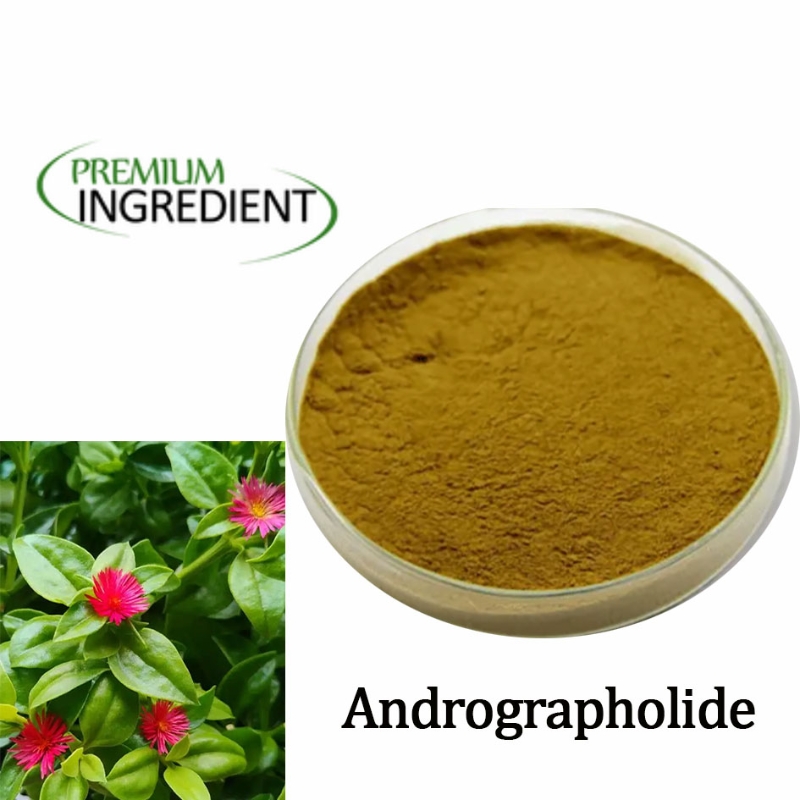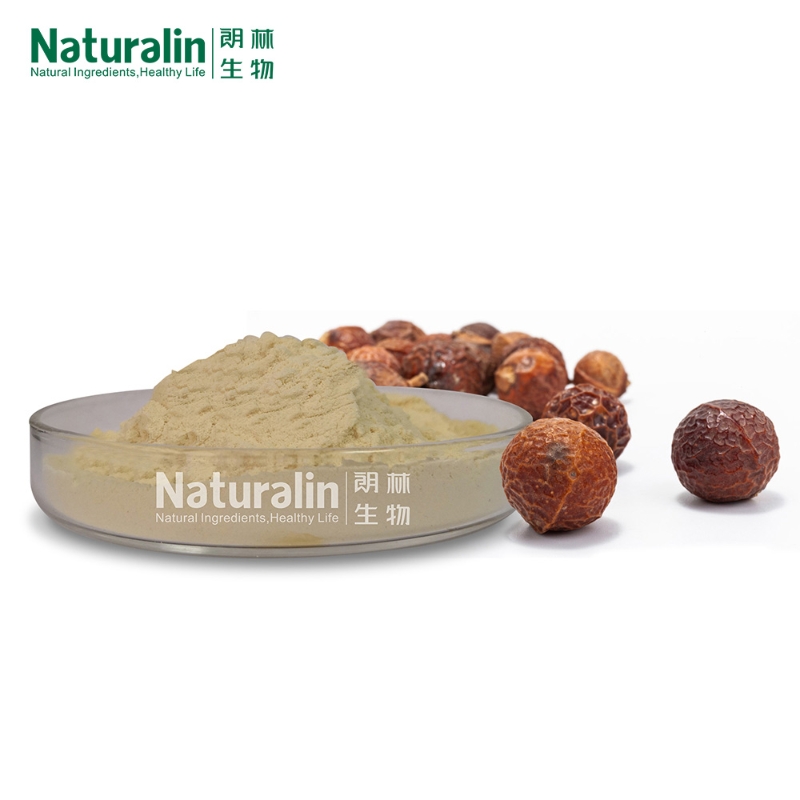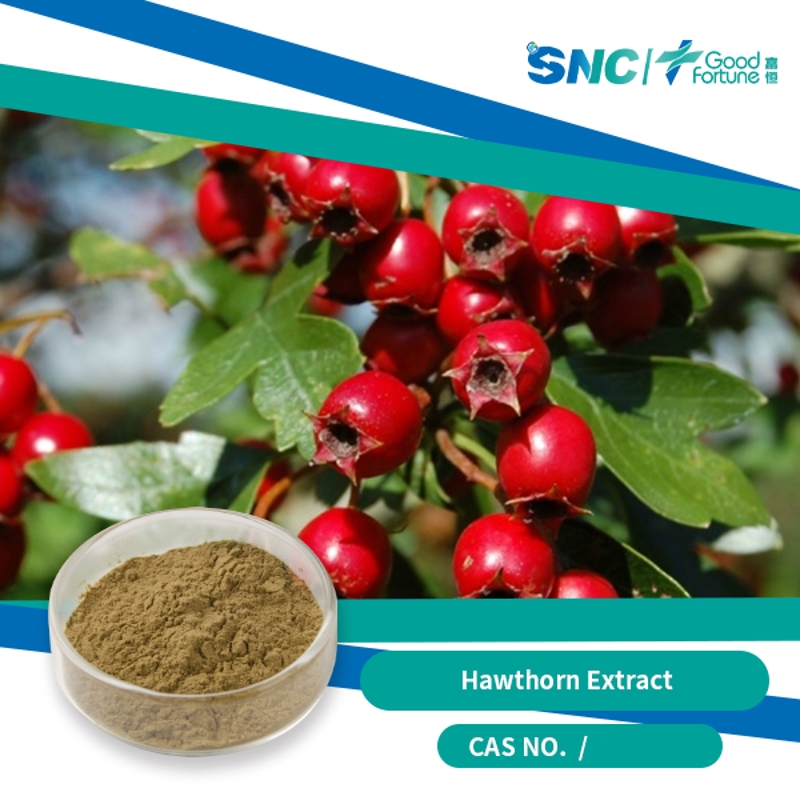-
Categories
-
Pharmaceutical Intermediates
-
Active Pharmaceutical Ingredients
-
Food Additives
- Industrial Coatings
- Agrochemicals
- Dyes and Pigments
- Surfactant
- Flavors and Fragrances
- Chemical Reagents
- Catalyst and Auxiliary
- Natural Products
- Inorganic Chemistry
-
Organic Chemistry
-
Biochemical Engineering
- Analytical Chemistry
-
Cosmetic Ingredient
- Water Treatment Chemical
-
Pharmaceutical Intermediates
Promotion
ECHEMI Mall
Wholesale
Weekly Price
Exhibition
News
-
Trade Service
Although well-accepted as the ultimate method for cotton functional genomics,
Agrobacterium tumefaciens
-mediated cotton transformation is not widely used for functional analyses of cotton genes and their promoters since regeneration of cotton in tissue culture is lengthy and labor intensive. In certain cases,
A. rhizogenes
-induced hairy root culture has been a suitable molecular tool for functional analyses of genes and promoters for plants that are difficult to regenerate by
A. tumefaciens
-mediated transformation. Similarly,
A. rhizogenes
-induced hairy root cultures are an alternative tool for cotton functional genomics. In this chapter, the advantages and disadvantages of using
A. rhizogenes
-induced cotton hairy root culture over
A. tumefaciens
-mediated cotton transformation are discussed. The procedures for transformation, generation, selection, and molecular analyses of transgenic cotton hairy roots are introduced by describing the functional analysis of a cotton promoter in cotton hairy roots generated by
A. rhizogenes
-mediated transformation.







